Conventional wisdom tells us that businesses should prioritize metrics over emotions, right? But what if your customers’ thoughts and feelings were a measurable data point?
Enter the world of customer sentiment analysis.
Listen: customers are sounding off online like never before. And even more so, customers want to hear each other’s thoughts about your products–whether it’s good or bad.
That’s probably why the PowerReviews Snapshot of Ecommerce report showed a staggering 82% of shoppers specifically seek out negative reviews before making any sort of purchase.
Between on-site reviews, social media and third-party review sites, the amount of potential data we can gather from customer feedback is absolutely insane. Through customer sentiment analysis, businesses can take that feedback and translate it into action.
What is Customer Sentiment Analysis?
Customer sentiment analysis examines the emotions, impressions and attitudes surrounding your business to make sales and marketing decisions.
Think about it like this: every time somebody writes a review or gives your business a shout-out, there’s an opportunity to gather data.
What products are your audience most hyped about?
How often are your customers complaining versus singing your praises?
https://twitter.com/dphil06/status/1090796054294003713
Based on these data points, you can learn more about what customers want and expect. Sentiment has a direct impact on how you position your business and market your products.
Digging into your review data allows you to assess your customers’ feedback and put it into a decision-making context. That’s customer sentiment analysis in a nutshell.
Why Does Sentiment Analysis Matter, Though?
Chances are you’re already monitoring your fair share of metrics.
Hey, we totally get it.
Even so, deeper customer sentiment analysis within your specific products should still make the short list of your consumer analysis. That’s why we’re going to provide some key reasons why more brands are taking customer sentiment analysis to the next level:
Make More Informed Business Decisions (Trust the Data)
This is the big one.
There’s no need for businesses to second guess what products and services their customers want: people are telling you–directly.
And nobody knows your products better than your customer base. Rather than rely on gut reactions and assumptions, customer sentiment analysis answers clue you in on exactly what your customers want.
The wait is over! You asked and we listened, #KITKAT Green Tea Matcha is coming to Europe! 💚 #HaveAZenBreak pic.twitter.com/CTTXgYcd4F
— KITKAT (@KITKAT) February 20, 2019
We doubt you expected green tea chocolate, but when there’s enough sentiment around these keywords, why not provide your loyal customers with what they want?
Continuously Improve Your Products & Services (Keep Them Happy)
Just as your customers’ behaviors and expectations evolve, so should your business.
Collecting feedback and conducting sentiment analysis can help you uncover new products and ideas and features that folks actually want to see. Encouraging ratings and reviews creates a direct line between you and what your customers are thinking.

Listening to your customers and improving your products impacts your bottom line too–and in a positive way! The more details you collect from consumer feedback, the easier it is to make your products. And in the end, the better your products, the fewer product returns you’ll see.
Easily Manage Your Online Reputation (Don’t Let the Haters Win)
You’ve probably heard the oft-cited statistic that 88% of people trust online recommendations as much as personal ones, right?
As noted earlier, those recommendations are scattered across the web. And while many brands look for the hottest Instagram influencer marketing techniques, more likely than not, you already have your own set of micro-influencers talking about you.
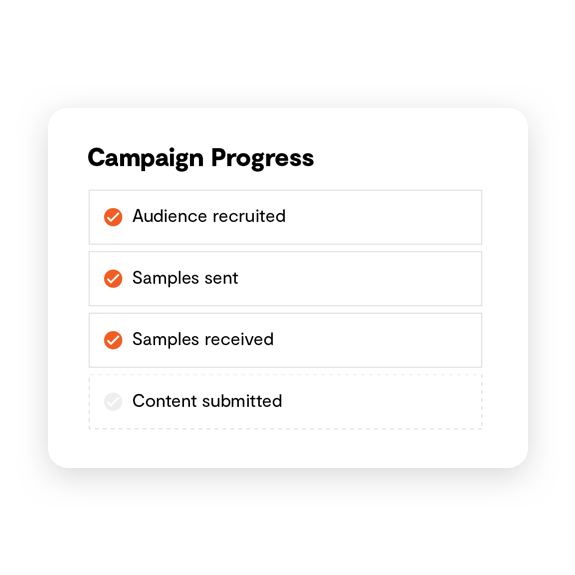
The trick is to find this community and provide them a better avenue to get their voices heard. That’s where our very own BzzAgent comes into play. Through our Influencer and Sampling Suite, we connect brands to a trusted community of more than 200 million followers to spread the word of your products and to write honest and trustworthy feedback about your products.
It’s an effective one-two punch of collecting reviews and getting your products out in the masses between your community of everyday influencers.

And as you generate conversations around your product, customer sentiment analysis helps capture those moments rather than let them slip through your fingers. This results in a more holistic view of your online reputation that keeps your business from living in a bubble.
How to Do Sentiment Analysis the Right Way
Now that you understand the basics of customer sentiment analysis, the question remains: how do you get started with all of this stuff?
There is no “right” approach to customer sentiment analysis as different businesses emphasize different channels of customer feedback. That’s why we’ve outlined the series of suggestions below that you can choose from based on your company:
1. Take Advantage of Intelligence Tools
Sentiment analysis is tricky to do “by hand” because there’s so much to sift through.
At the same time, emotions can be difficult to quantify at a glance.
To overcome these challenges and streamline your sentiment analysis, we recommend taking advantage of tools such as the PowerReviews Intelligence Suite. Our intelligence engine takes care of the legwork involved in sentiment analysis by aggregating loads of data from your business’ reviews and industry at large.
In addition to positive versus negative reviews for individual products, the suite also tracks keywords and terms that customers use to describe those same products. This information is crucial for marketing and discovering the quirks of your products that create positive sentiment.
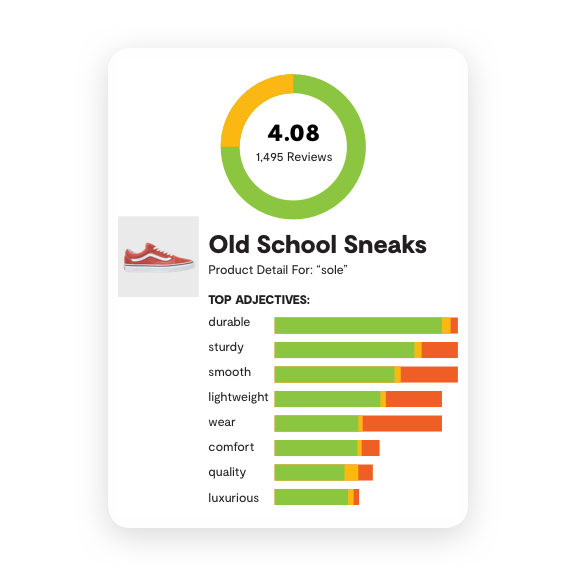
If you want a comprehensive understanding of customer sentiment minus all the digging, an intelligence tool is a must-have for those looking to uncover incredible product insights.
2. Monitor Your Mentions With Social Listening
Social media is an ever-so-popular place for customers to sound off regarding products these days.
Whether it’s a shout-out or customer service concern, social media is a fast-moving channel that likewise represents a treasure trove of information when it comes to sentiment.
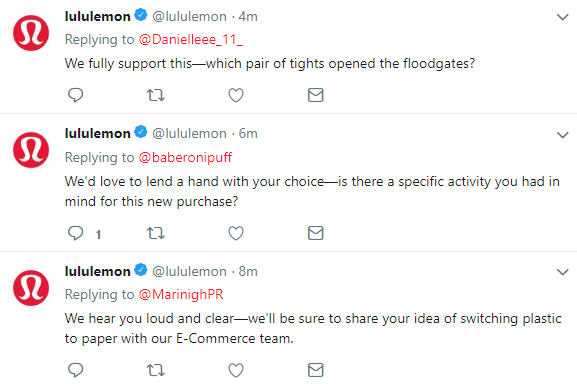
Through social listening, you can collect your brand mentions (including reviews) to assess your brand health in the social space.
In a day and age where one interaction can squander your entire customer satisfaction campaign, social sentiment is worth tracking. And there are plenty of ways to monitor and listen to social cues.
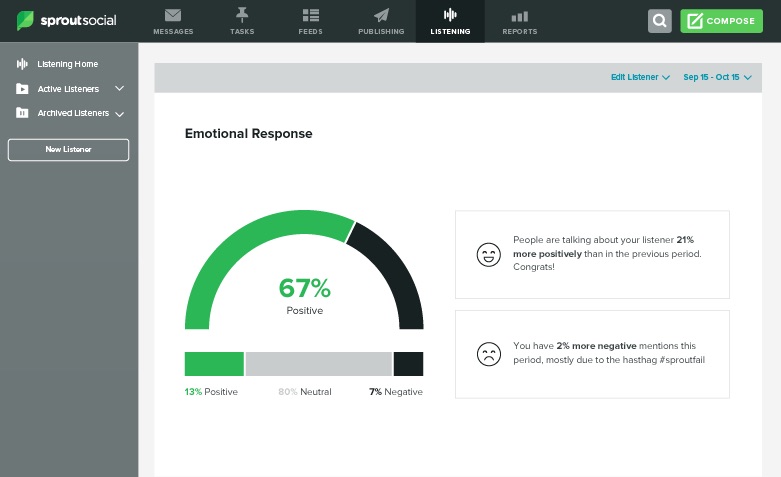
Tools like Sprout Social boast listening features that assess positive versus negative sentiment across social networks in addition to individual mentions. At the same time, brands and retailers can listen to similar sentiment with review content.
More often than not, brands have products sold across their own and other retailer sites. But who’s in charge when a customer asks a question about your product when you have the best answer?
To provide a direct line to consumers across numerous sites, PowerReviews Questions and Answers software gives access to a brand to answer potential purchase-blocking questions.
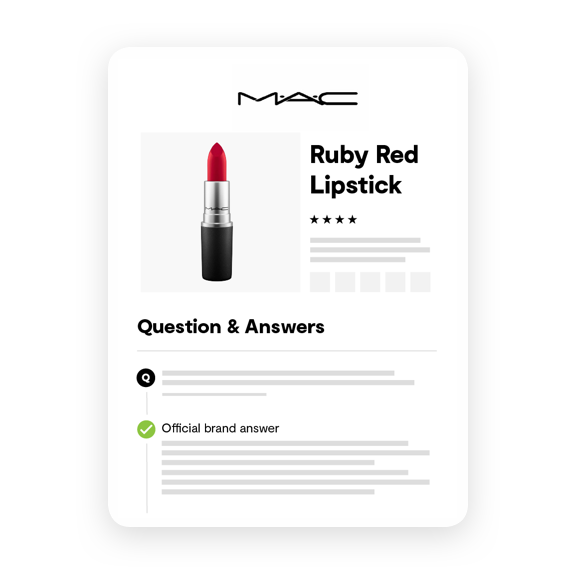
Our Brand Engage tools let your team answer questions with a badge so customers know the answer is verified and from your brand. When you listen to customers, you have to open your ears to every place where customers talk about you.
Want to see a demo of Brand Engage in action? Request a demo today and see how your brand can improve listening across the web!
3. Curate Feedback From Your Email List
The more reviews on hand, the more accurate your customer sentiment analysis will be.
Given that 70% of buyers will leave reviews when prompted, there’s arguably no better place to curate more reviews than your email list.
Through questionnaires, surveys and post-purchase emails, you pick your existing customers’ brains to figure out what you want to see from you in the future. For example, West Elm does a great job at re-engaging customers with a survey.

In an effort to passively curate reviews, you might also consider setting up post-purchase autoresponder messages to encourage more feedback. You’d be surprised at how receptive your customers are when you simply ask for something.
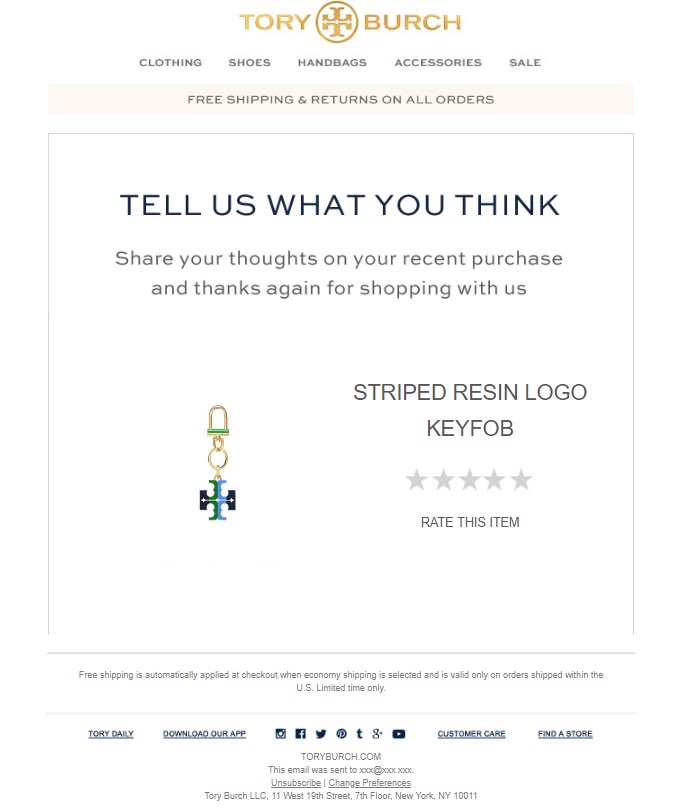
Anyone who takes the time to respond is obviously invested in your business and therefore valuable to your sentiment analysis efforts.
And hey, that actually leads us to our next point.
4. Be Sure to Weigh Your Customer Feedback
Remember that not all reviews are created equal.
There’s a big difference between a review from a long-term customer and someone who’s purposely nitpicking or trolling your business.
As a result, don’t be shocked by outliers during your sentiment analysis and read into the context of your analysis itself.
Don’t shy away from negative feedback. Thoughtful criticism is incredibly valuable for learning how to improve your products to score more business in the future.
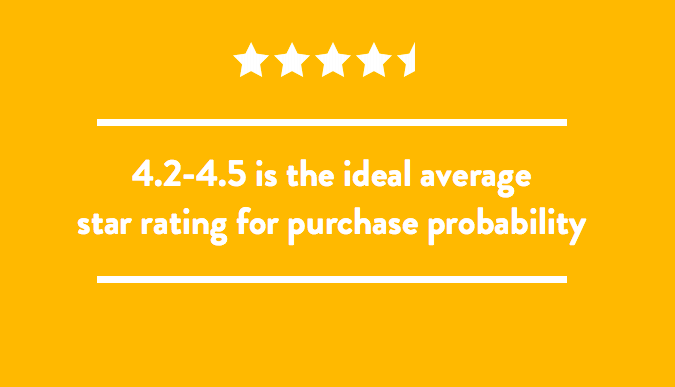
The previously mentioned Snapshot of Ecommerce report also found most consumers prefer to buy products with an average star rating of 4.2 and 4.5 stars. So what does this mean?
Embrace your customer sentiment and learn from it–don’t hide it. Trust is all about open communication, so be sure to listen to your customers.
What Happens After You Collect Customer Data?
Let’s say you’ve gotten your feet wet with customer sentiment analysis and are trying to figure out what to do next.
No matter what sort of reviews you already have, your ongoing goal should be to improve your customer sentiment. Also, don’t just collect data and do nothing with it! Below we give a few ways your business can use sentiment analysis data once your process is underway:
Brainstorm Marketing & Product Ideas
After analyzing your reviews, you might come to realize that your customers have mixed feelings about a certain product. As a result, you can start stressing those high-points in your marketing and consider changes to future products based on the low-points.
Here’s an example from our intelligence suite to illustrate what we’re talking about.
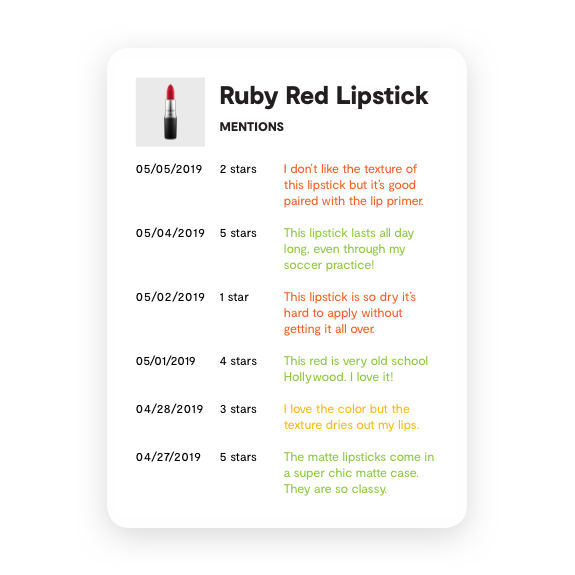
Again, sentiment analysis is something that you’ll be doing for the long-term. Although you don’t need to make any immediate decisions based on your data, you should at least start thinking about changes to make in the future.
Communicate Openly With Your Customers
Like we mentioned before, perhaps the most straightforward way to improve your standing with customers is by communicating with them. Opening up a dialogue not only allows you to gain more insight from your customers but also makes your business seem more authentic and transparent.
Some key ways to communicate with your customers include:
- Responding to ratings and reviews
- Replying to social mentions and call-outs
- Answering more product questions across various sites
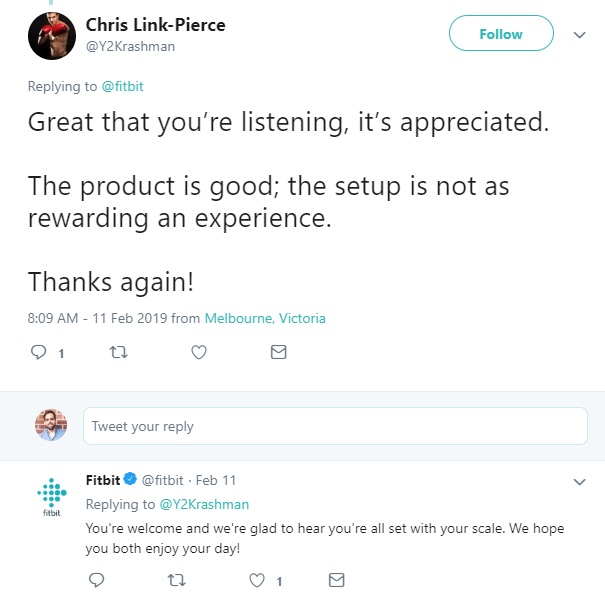
Make Positive Feedback Part of Your Marketing Campaigns
If you have customers showing serious love for your business, make a point to show them off in your marketing. For example, you can include testimonials or positive reviews on-site or as part of your email campaigns to serve as social proof.
Another smart move is to integrate customer photos and user-generated content as part of your social strategy. Your satisfied customers are arguably your best billboards on social media and even your own product pages!
https://www.instagram.com/p/BsyYSYFllQf/
Talk About Sentiment Analysis With Your Coworkers
Lastly, customer sentiment shouldn’t be measured in a vacuum.
While front-facing reviews are insightful, chances are you can learn a thing or two about what customers want from your coworkers and colleagues. For example, consider how various departments and teams can contribute to sentiment analysis:
- Marketing: details your biggest challenges with soliciting reviews in the first place
- Sales: highlights the most common sales objections for existing and new customers
- Customer satisfaction: notes the most frequent complaints they receive from customers
Gathering this internal information helps you flesh out your customer sentiment analysis strategy to paint the most complete consumer profile possible.
And with that, we wrap things up!
Are You On Board With Customer Sentiment Analysis?
Breaking down what your customers want is a no-brainer, but how you do it is what requires a conscious effort on the part of your business. With so much customer data and feedback already out in the open, the information you need to start analyzing sentiment is more than likely there.
And with the help of tools like PowerReviews, you translate those reviews into action sooner rather than later. The end result is a data-driven approach to growing your business and more satisfied customers in your pipeline.
Sounds like a win-win, doesn’t it?






